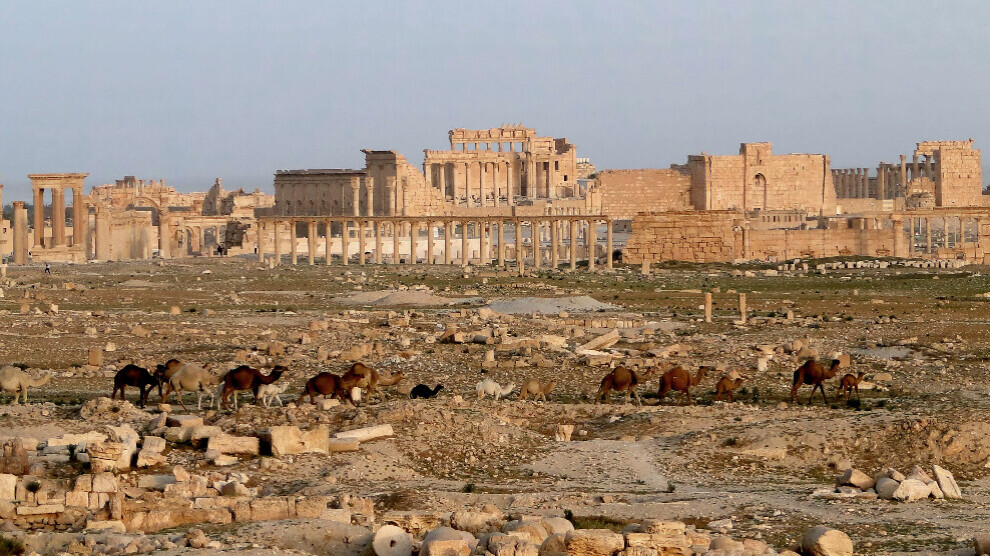Historical artifact smuggling surges after Syrian state collapse
Experts warn that Syria’s cultural heritage faces an unprecedented threat as artifact smuggling has surged following the collapse of the regime and its security forces.
Experts warn that Syria’s cultural heritage faces an unprecedented threat as artifact smuggling has surged following the collapse of the regime and its security forces.

Grave sites in ancient cities such as Palmyra are reportedly being looted, with archaeological layers destroyed in the process. An activist from the civil society organization Heritage for Peace stated that grave robbers are causing irreversible damage to archaeological research.
According to studies conducted by the Antiquities Trafficking and Heritage Anthropology Research Project (ATHAR), about one-third of the 1,500 documented cases since 2012 have occurred in just the past six months. ATHAR Co-Director Amr al-Azm said that “all mechanisms of control disappeared” after the fall of the Assad regime in December, resulting in a dramatic increase in smuggling activity.
With its rich archaeological heritage, Syria has become an attractive target for Western collectors. Artifacts such as ancient coins, mosaics, statues, and gravestones are being bought and sold with ease on social media. ATHAR’s data shows that Facebook has become the main platform for this illegal trade.
The Tech Transparency Project, led by Katie Paul, has revealed that the sale of looted artifacts via Facebook can now be completed in just a few weeks. Sales that once took months are now finalized in as little as two weeks. Since 2012, ATHAR has documented over 26,000 images, videos, and screenshots related to trafficking operations.
Syria’s new administration is attempting to counter the smuggling crisis by offering rewards to individuals who return stolen artifacts. Yet the vast scale of destruction, combined with limited resources, makes these efforts insufficient. In the capital city of Damascus, shops selling metal detectors are on the rise, and these devices are openly promoted on social media platforms.
Organized crime networks are also operating in several areas. At the Tall Shaykh Ali archaeological site near the city of Salamiya, numerous five-meter-deep pits have been discovered, dug with heavy machinery in terrain dating back to the Bronze Age. Observers report that the excavations are carried out professionally and continue both day and night.
Digital platforms play a critical role in these activities. Looters livestream their digs using Facebook Live, even asking viewers for suggestions on where to dig next. In one case documented by ATHAR, a mosaic depicting Zeus was shown during excavation and later offered for sale after being removed.
Although Facebook announced a ban on the sale of historical artifacts in 2020, reports indicate that the policy is rarely enforced in practice. Katie Paul notes that some trafficking-related groups have over 100,000 members, with the largest group reaching 900,000.
Looted artifacts are typically transported from Syria to neighboring countries such as Jordan and Turkey, where they are laundered with forged documents before entering the market. The final buyers are often collectors and museums based in the United States and Europe.
Experts emphasize that with nearly 90 percent of Syria’s population living below the poverty line, stopping individual looters on the ground is nearly impossible. As a result, many argue that the only viable solution is to curb demand in the West. Amr al-Azm remarked, “This smuggling will not stop until the security issue is resolved. We cannot place all the responsibility on the supply side alone.”